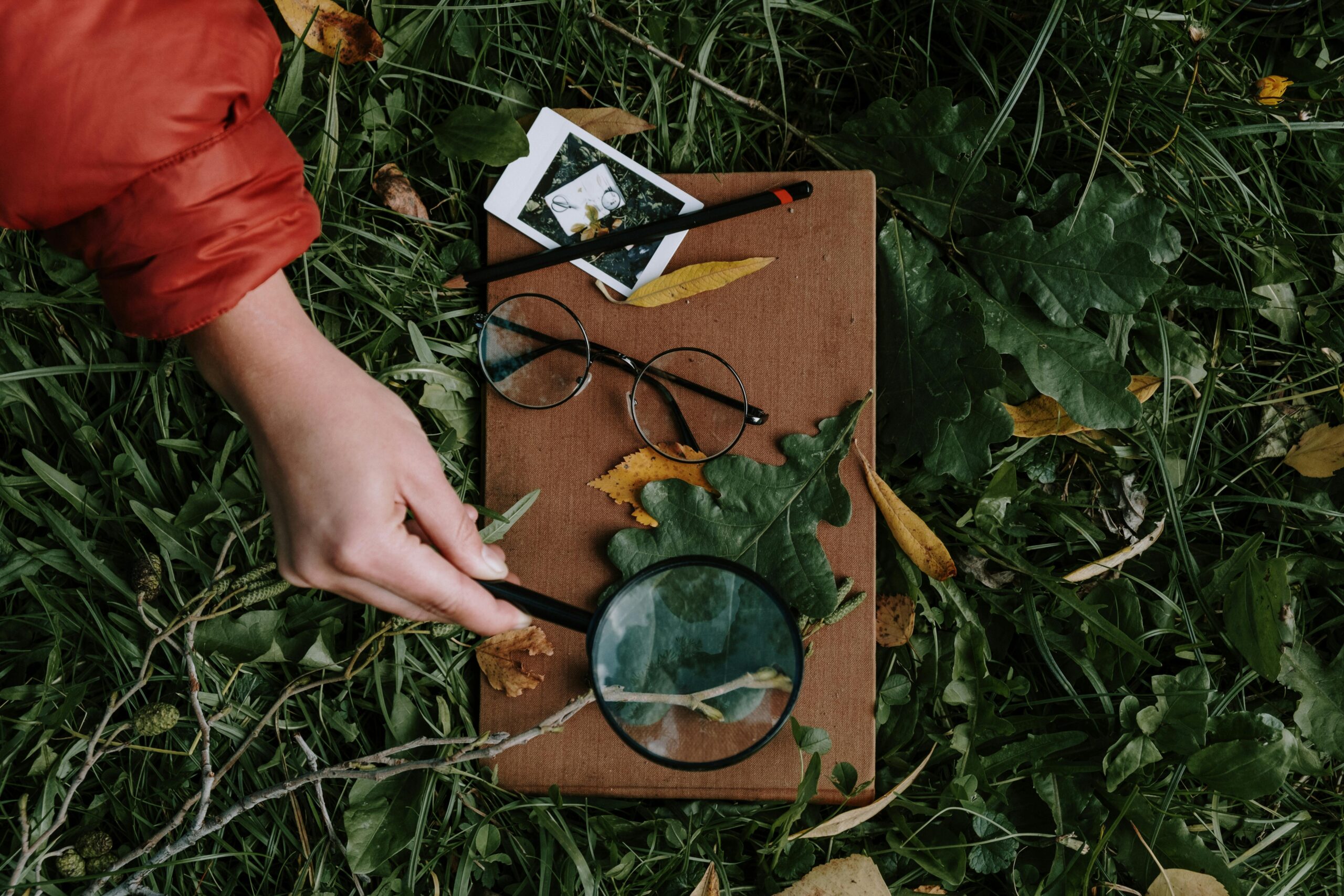Flirtation isn’t just about attraction — it’s about social strategy , emotional safety , and communication finesse .
And one of the most powerful tools in a flirt’s arsenal?
Polite language.
From subtle compliments to playful teasing wrapped in respect, flirty speech that aligns with politeness theory can actually increase romantic interest — without making people uncomfortable.
In this article, we’ll explore:
- What Politeness Theory really means
- How it applies to modern flirting
- Why respectful flirtation builds deeper connections
- Real-world examples of flirty speech that works
Let’s dive into how politeness shapes attraction — and why smart flirtation isn’t aggressive…
It’s intentional.
What Is Politeness Theory?
Developed by linguists Penelope Brown and Stephen Levinson , Politeness Theory explains how people navigate social interactions to protect each other’s “face” — their public self-image.
Core Concept: Face Negotiation
People engage in communication while managing two key needs:
- Positive face : The desire to be liked and appreciated
- Negative face : The desire not to be imposed upon
This balance is especially important in flirting — where missteps can make someone feel either ignored or pressured.
By applying politeness theory to flirty speech, you can flirt more effectively — and more respectfully.
How Politeness Theory Applies to Flirting
Flirting often walks a tightrope between interest and invasion .
Too direct? You risk coming on too strong.
Too vague? You might be overlooked.
That’s where Politeness Theory becomes your secret weapon.
Here’s how top communicators use it to build connection:
1. Respect Autonomy With Indirectness
Instead of saying: “You’re cute — let’s go out.”
Try: “I’d love to keep getting to know you better — if you’re up for it.”
This respects her negative face (her right to say no) while still showing interest.
2. Build Connection Through Positive Reinforcement
Use language that makes the person feel valued — not objectified.
Example:
“You look good today.”
“Your energy feels like something I could get used to.”
The second shows appreciation without reducing her to appearance.
3. Use Humor as a Politeness Shield
Humor softens intent — making flirtation feel less threatening.
Examples:
“Are you always this interesting, or did you practice?”
“I hope my message doesn’t ruin your day… but I had to say hi.”
These lines show confidence while giving space for rejection — a key part of negative face protection.
4. Avoid Over-Personalization Too Soon
Jumping into overly personal topics early can violate face wants — especially if the recipient isn’t ready.
Better Approach:
Start with shared interests or light curiosity: ✅ “What’s something about you that most people miss at first glance?”
✅“If we were stuck in a bookstore together, what section would you drag me to?”
This allows them to reveal themselves — on their terms .
5. Let Silence Speak for You
Sometimes, the best way to preserve face is to give space.
Don’t over-explain, don’t chase, and don’t pressure.
A simple:
“Talk soon — I’m going to stop before I say too much.”
Can be far more attractive than a wall of text.
Psychological Insights: Why Politeness Makes Flirtation More Attractive
According to research in Social Psychological and Personality Science , flirtation built on emotional intelligence and mutual comfort leads to stronger relationship outcomes .
Here’s why polite flirtation wins:
Insight #1: People Respond Best When They Feel Safe
Politeness signals that you’re not a threat — which opens the door for trust.
Insight #2: It Builds Emotional Reciprocity
When you show restraint and respect, people are more likely to reciprocate with openness.
Insight #3: Politeness Feels Mature — Not Desperate
Sincere, well-worded messages stand out — especially in a sea of generic openers.
Real-Life Examples of Flirty Speech That Works (Because It’s Polite)
Let’s break down some real flirty messages — and how they align with Politeness Theory .
1. On Dating Apps
Context: First message after matching.
“Hey beautiful — let’s skip the small talk.”
“I loved your bio — especially the part about [insert detail]. Wanted to say hi back.”
Why It Works: It shows you paid attention — and gives her space to respond comfortably.
2. In Text Conversations
Context: After a few exchanges, things are warming up.
“Do you flirt with everyone like this?”
“You’re dangerously good at this whole ‘being interesting’ thing.”
Why It Works: It’s flattering, not pushy — and invites further conversation.
3. In Person (via Follow-Up Text)
Context: You met offline and are texting later.
“I couldn’t stop thinking about you.”
“I caught myself smiling again thinking about our last conversation. Hope that’s okay.”
Why It Works: Shows interest without pressure — and honors boundaries.
4. Social Media DMs
Context: She posted something witty — you want to engage.
“You’re fine AF 😏”
“You clearly have a sense of humor — wanted to say hi before I lost my nerve.”
Why It Works: Respects autonomy, rewards personality — and feels genuine.
Frequently Asked Questions (FAQ)
Q: What is politeness theory?
A: A linguistic model that explains how people manage their public self-image (face) through communication — especially when navigating sensitive topics like flirting.
Q: Can you flirt politely and still be charming?
A: Yes — and that’s often more effective than overt or sexualized lines.
Q: Does politeness reduce romantic tension?
A: No — it actually increases comfort , allowing chemistry to develop naturally.
Q: Should I avoid being forward altogether?
A: Only until you’ve tested the waters. Start with politeness — then adjust based on response.
Q: Are there cultural differences in polite flirtation?
A: Absolutely. Some cultures value directness, others subtlety. Always consider context and individual preferences.
Final Thoughts
Flirtation doesn’t have to be loud to be effective.
Sometimes, the most powerful words aren’t bold declarations — they’re thoughtful invitations wrapped in humor, respect, and emotional awareness.
Because real attraction isn’t forced — it’s negotiated through language, tone, and timing.
So next time you send a message, remember:
Politeness isn’t weakness — it’s strategy.
And the best flirts don’t shout their interest — they invite it back .





